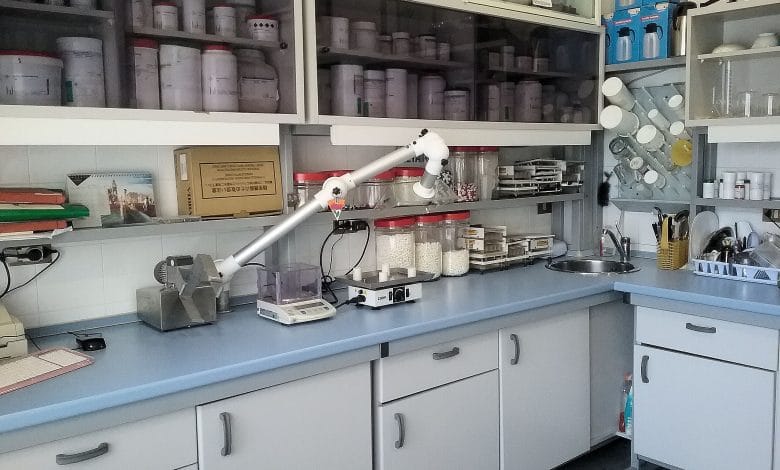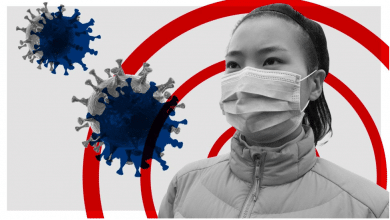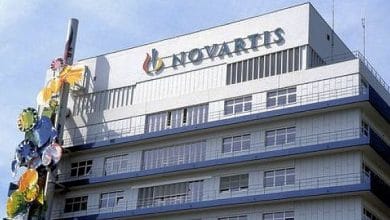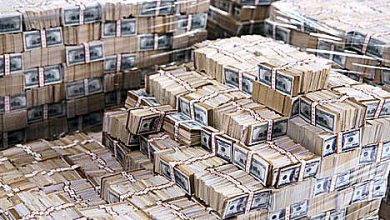
Lorenzin approves the new national tariffs for the sale of medicines to the public
After almost 25 years, the new national tariff for the sale of medicines to the public has been approved. With a ministerial decree signed today by the Minister of Health, in implementation of article 125 of the royal decree 27 July 1934, n. 1265, adjusted the tariffs in force to the fluctuations of the production costs.
 It was possible to reach this important and long-awaited milestone thanks to the work carried out by a technical table set up at the Ministry of Health, which was attended by representatives of FOFI, Ferderfarma, ASFI, ASSOFARM, United Pharmacies, SIFAP and UTIFAR.
It was possible to reach this important and long-awaited milestone thanks to the work carried out by a technical table set up at the Ministry of Health, which was attended by representatives of FOFI, Ferderfarma, ASFI, ASSOFARM, United Pharmacies, SIFAP and UTIFAR.
This provision identifies the method for determining the price for the extemporaneous and integral preparation in pharmacies of medicines for human and veterinary use, which takes into account both the cost of the substances, the preparation costs and above all the professionalism of the pharmacists.
The DM establishes that it is not permitted to quote a substance at a price other than that indicated in the "Table of prices of substances", even when a substance bearing a registered trademark has been used. Furthermore, for substances not included in the Table, the current criterion of doubling the price is replaced by the purchase price, resulting in a containment of the final price of the drug, with consequent cost savings for the patient.
Furthermore, the amounts of the additional fees have been updated: in particular, the additional daytime fee for urban and rural pharmacies has been abolished and envisaged only for subsidized rural ones; as regards the additional night-time fees, the relative amount for urban and rural pharmacies and for subsidized rural pharmacies has been updated.
Lastly, the decree establishes that the prices thus determined cannot be increased in any case and confirms the discount, to the extent of 16%, in favor of public or private bodies with assistance and charity purposes, required by law, regulations, collective agreements , statutes or foundation tables, to the dispensing of medicines to those entitled, in any case excluding the National Health Service.
Ministry of Health press release - Date of publication: 22 September 2017
Galenic drugs: what they are and when they are used
Galenic drugs are pharmaceutical preparations, often ignored, but which are fully part of the world of pharmacy. So let's try to understand what they are and what they are for.
The galenic pharmacy represents the 'artisanal' activity of the pharmacist. Galenic drugs are in fact preparations made independently by the pharmacist in a special laboratory and precisely because of this peculiarity they are distinguished from industrial products. This type of activity, especially in the past, was an integral part of the pharmacist profession. Today, however, galenical preparations have perhaps taken second place to industrial preparations, although some of their uses can be very useful for some subjects.
 What types of galenic drugs are there?
What types of galenic drugs are there?
The pharmacy that offers its customers galenic preparations, as mentioned, is equipped with a ad hoc laboratory where the pharmacist performs precise and accredited technical procedures for the preparation of galenic drugs.
These can be of two types:
1. Master preparations or master formulas: these are products developed on the basis of a specific medical prescription intended for a particular patient; they could therefore be considered as a kind of “personalized medicines”.
2. Medicinal preparations or medicinal formulas: instead they are common preparations produced in pharmacies following the indications of the European Union pharmacopoeia; in this case, these are preparations that are marketed in the production pharmacy without the obligation of a medical prescription.
Why are Galenic Drugs used?
The choice of the doctor to prescribe a masterful galenic preparation, or of a person to buy a pack of a medicinal product can be due to various reasons.
Some reasons, which mainly concern master's preparations, can be:
Dosage customization
Sometimes it may be necessary to vary the dosage ad hoc over time or according to the type of patient (elderly, children, according to weight, individual tolerance, etc.); often industrial drugs, marketed only in pre-established dosages, cannot fully satisfy all possible needs.
 Medicines that are difficult or no longer available:
Medicines that are difficult or no longer available:
Ai often deals with products that are no longer marketed because they are no longer considered profitable.
Unstable medicines
The chemical or physical instability of an active principle over time does not allow the pharmaceutical industry to produce a medicinal product containing it due to the times associated with marketing; unlike the extemporaneous galenic preparation it can be produced and taken in a short time.
Association of multiple active ingredients
Assuming that scientific or regulatory reasons do not advise against or prohibit it, more active ingredients can be associated, to reduce the number and frequency of administration, in patients with concomitant pathologies.
Possibility to vary the pharmaceutical form
Galenic drugs make it possible to administer, for example, in the form of a syrup, a product that is marketed only in capsules or tablets to a patient who is unable or unable to swallow them.
Possibility to vary the excipients
The excipients in a galenic drug can be suitably modified if those present in the industrially produced medicinal product cause allergies or intolerances (typically lactose or gluten intolerance). The problem also concerns food supplements and cosmetic products due to the presence in the latter of pharmacologically inactive substances, such as perfumes or dyes, which often cause allergies.
Placebo effect
It may seem a rare eventuality, however it is relatively frequent that the doctor wants to resort to the administration of a pharmacologically inactive preparation, which only the pharmacist is able to prepare.
 A bit of history
A bit of history
The term Galenic derives from the name Galen, the famous and well-known doctor who lived around the second century. A.D Galen (who was also the personal physician of Marcus Aurelius) together with Hippocrates and Avicenna, is the best known and most esteemed physician of antiquity. in spite ofars medica exercised by him, much of his fame was due to the imaginative theory of pneumatic, a theory that hypothesized the existence of a sort of "physiological soul" to explain many phenomena concerning the body. However, Galen was also a great scholar who bequeathed insights and texts that would prove to be of great importance for modern medicine.





